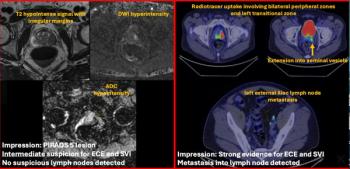
Six Tips for PACS Integration
Successfully upgrading and integrating your PACS requires proper preparation and maintenance.
Increased patient load, tightening reimbursement, and shrinking budgets can have multi-facility health systems searching for ways to maximize their bottom line. According to
A MarketsandMarkets study released in October revealed the enterprise PACS market is expected to balloon to more than $510 million by 2018, and a 2011 CapSite study estimated, at the time, 21 percent of U.S. hospitals and health systems would elect to change their PACS.
When selecting a new system, industry experts frequently recommend you consider functionality, accessibility, and scalability. However, there are a few specific tips that could make your decision easier.
1. Documentation: Be sure to create clear, detailed, comprehensive documentation about your enterprise workflow.
2. Standards: Whenever you can, opt for standards-based integration instead of proprietary integration. It will make future operations easier.
3. Test environment: Use live data in an integrated test environment.
4. Test plans: Create test plans for all your integrated systems based on your workflow documentation.
5. Vendor management: Whenever possible, coordinate any changes from your vendors with all the affected systems in advance.
6. Version control: Keep your systems up-to-date so you can successfully manage any upgrades or changes.
Newsletter
Stay at the forefront of radiology with the Diagnostic Imaging newsletter, delivering the latest news, clinical insights, and imaging advancements for today’s radiologists.




























